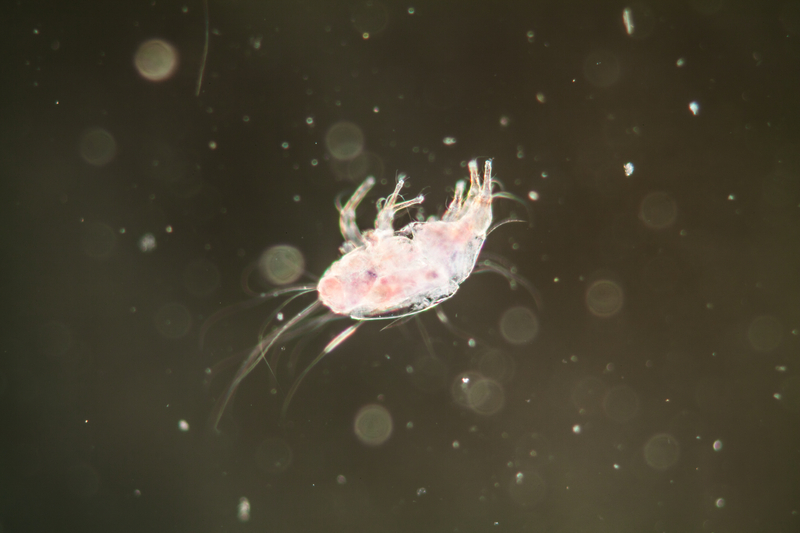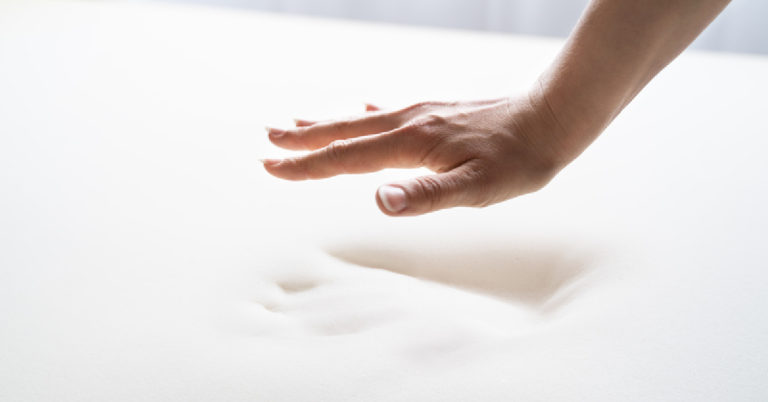By Jo Joiner
Whether you have a dust mite allergy or not, the thought of sleeping with hundreds of thousands of tiny mites is not a pleasant one. Did you know that a typical used mattress can be home to anywhere between 100,000 and 10 million dust mites? Shudder…
What is a dust mite?
Dust mites are tiny bugs that are too small to see without a microscope. They feed on flakes of dead skin. This sound totally gross, but humans are constantly shedding dead skin cells. It’s just part of being an organic lifeform.
Dust mites live in mattresses, pillows and carpets. And they love living in New Zealand, because we have a temperate, humid climate. If your home lacks ventilation or is damp inside (you get condensation on your windows during winter), dust mite numbers are likely to be higher.
Why are dust mites a health problem?
You might think that something so small is harmless, but many people are allergic to a protein found in the waste (i.e. poop) of dust mites. Symptoms include:
- Ongoing problems with a blocked or runny nose (allergic rhinitis)
- Itchy, red or watery eyes
- Post-nasal drip
- Asthma (coughing and difficulty breathing)
- Eczema (itchy red skin)
These symptoms will usually be worse in the home environment. You might find they go away at work, school and in environments where dust mite numbers are lower.
How can you control dust mite levels in your bed?
Taking antihistamines can help to manage dust mite allergy symptoms, but the best way to attack the problem is with a dose of prevention. That means paying special attention to your pillow, mattress and bedding.
Reducing dust mites in your pillow
Pillows need to be updated regularly – every one to two years. They should also be encased in washable hypoallergenic covers, which should be washed every one to two months. Just changing your pillow slip every week isn’t enough. An excellent example of a modern, healthy pillow is Dreamland’s Adapta. It’s filled with breathable hypoallergenic memory foam and has an outer cover made with 35% cooling yarn, 60% polyester and 5% antimicrobial silver silk. See where you can buy an Adapta pillow.
Reducing dust mites in your mattress
How old is your mattress? If you can’t remember, there’s a good chance it’s past its ‘best before’ date. There are two compelling reasons to regularly replace your mattress. Firstly, an old mattress won’t provide the body support you need for a good night’s sleep, because its spring system will be worn out. Secondly, the dust mite population within your mattress will be probably going through the roof if your mattress is more than 10 years old.
When shopping for a new mattress, look for one like the Andromeda by Dreamland Platinum, which includes natural latex and carbon-infused memory foam. Both materials help to resist dust mites. Always ask your bed shop sales person to explain the hypoallergenic features of any mattress you’re interested in. Find Andromeda stockists.
Even if you buy a mattress that’s designed to resist dust mites, you should also consider getting a dust mite barrier cover. These covers fully-enclose your mattress to prevent mites from getting inside. This specialised type of cover goes over any other mattress protector or topper pad you use, directly under your sheet.
Another step you can take is to regularly vacuum-clean your mattress, to suck out any dust that has accumulated on it. In fact, it’s best practice to vacuum every surface of your bed. Experts recommend doing this kind of spring clean about every three to six months.
Other things you can do to decrease dust mite levels in your home
As well as your mattress and pillow, dust mites like to live in bedding and carpets. If you have decorative pillows and a duvet cover or comforter on your bed, make sure they’re washed regularly. Use a hot wash, if the fabric allows. Two to three times a year is usually enough for decorative textiles.
For reducing dust mites in your carpet, an annual professional carpet clean is the answer. While carpets keep your home feeling warm and cosy, they trap dust mites, dirt and mould spores – and regular vacuuming doesn’t get it all. Professional carpet cleaning isn’t just good for your health; manufacturers say it prolongs the life of the carpet.
Further reading
How long does a mattress last?







